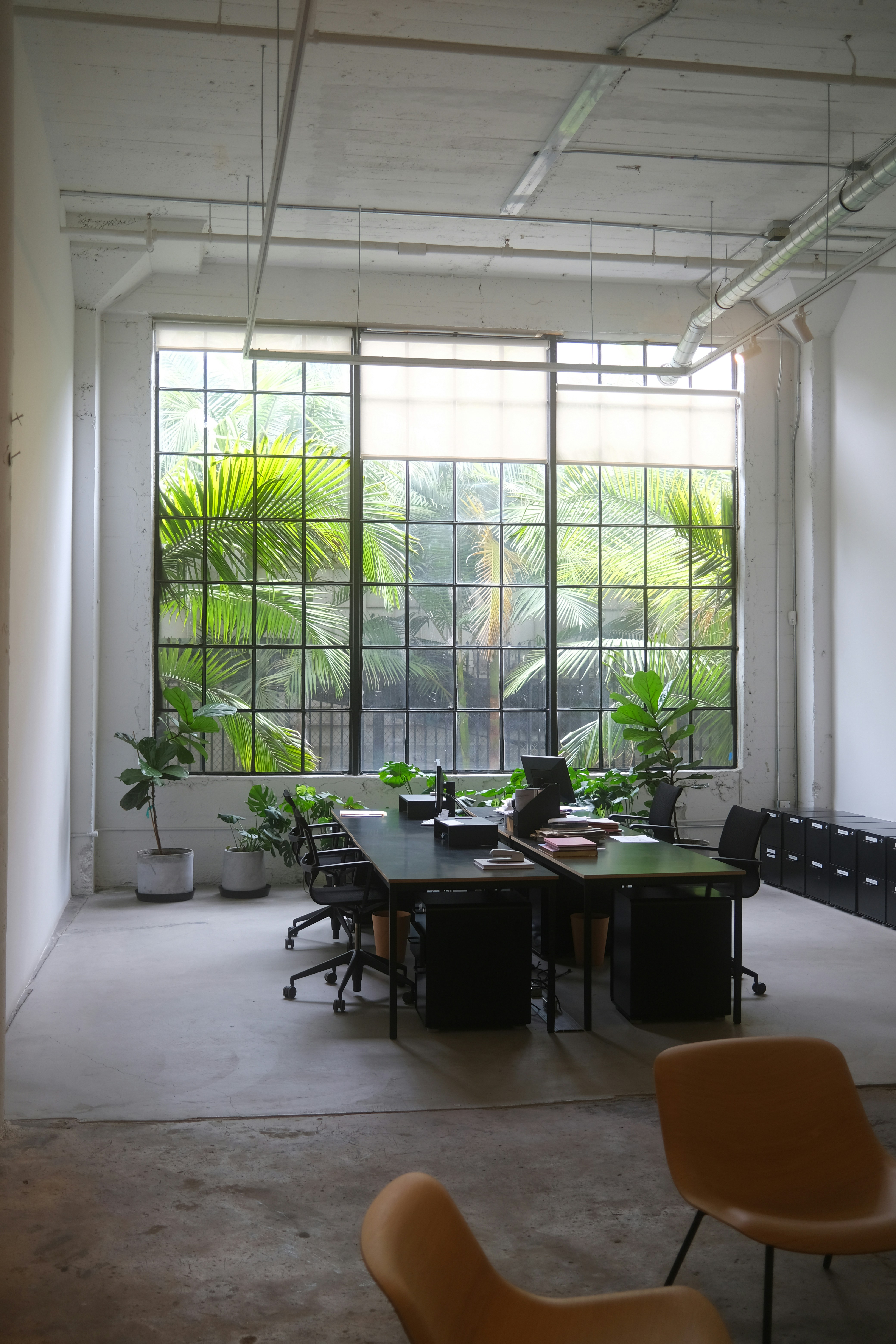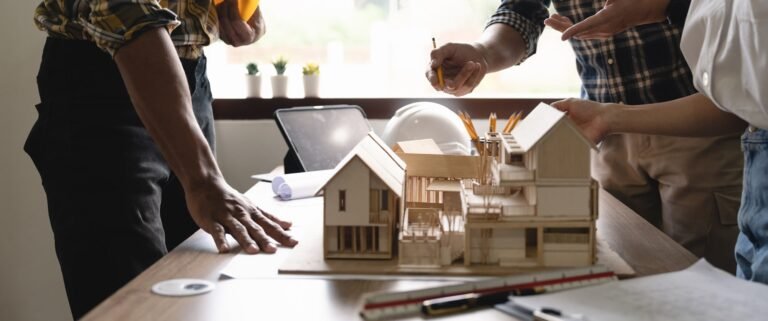In the quiet urgency of climate change, urban migration, and social fragmentation, cities around the world are grappling with what it means to be future-ready. The past few decades have shown us that incremental design alone can’t solve systemic challenges. We need structure—long-term thinking, adaptable frameworks, and environments that don’t just accommodate change, but guide it.
This is where master planning steps in—not as a relic of top-down modernism, but as a dynamic tool for designing with foresight, humanity, and intention. At SBD International, we believe that master planning is not only still relevant—it is essential for cities to evolve with purpose rather than urgency.
What We’ve Learned From the Past
In the mid-20th century, master planning was often synonymous with rigid zoning, monocultural development, and car-centric layouts. The result? Alienating housing blocks, fractured communities, and over-engineered public space.
But today’s context is different—and so is the approach. The best contemporary master plans recognize that people, culture, and climate are not fixed conditions. They evolve. They challenge the boundaries of infrastructure. They resist predictability.
Rather than blueprinting every square metre, today’s planning needs to create flexible frameworks—responsive scaffolds that can support unforeseen uses, temporary interventions, and lived-in change.
Why Master Planning Still Matters
1. Urban Complexity Requires Coherence
Cities are no longer growing in isolation, they’re densifying, hybridizing, and overlapping. A well-considered master plan helps coordinate everything from transport and housing to green space and utilities.
It allows architects, engineers, and policymakers to work toward a shared vision, instead of solving problems in silos. In this sense, master planning isn’t about control—it’s about clarity.
2. It Creates Resilience Through Flexibility
The strongest master plans today are scenario-based, not prescriptive. They allow for adjustment over decades—incorporating social, environmental, and technological shifts without collapsing under their own vision.
At SBD, we advocate for open-ended phasing strategies. We don’t just ask “What should this look like in 10 years?” We ask:
“How should this evolve when we don’t yet know what the future holds?”
3. It Weaves Public Life Into Private Development
Great cities are defined by the quality of their in-between spaces—the plazas, alleys, boardwalks, and gardens that offer collective dignity. A holistic master plan ensures these shared environments are prioritized, protected, and interlinked.
Without planning, private interests often win. With planning, public good can be designed in from the start.
A Human-Centered Approach to Master Planning
At SBD International, we resist abstraction. We don’t plan cities on paper we design for real people living real lives. That means understanding rhythms of movement, informal behaviors, light, wind, and emotion.
We ask:
- How will someone feel walking this street at dusk?
- Where will children play safely, even if funding is delayed?
- Can a corner café support both privacy and community in equal measure?
Designing for future cities means staying grounded in present human needs—and giving form to the patterns that already exist beneath the surface.
Designing with Nature, Not Just Around It
Any master plan that ignores ecology is already obsolete. Future cities must be climate-literate, with landscape and water systems treated as infrastructure—not ornament.
We believe nature shouldn’t be “added in” later—it should lead the layout. Green corridors must do more than beautify—they should cool microclimates, mitigate flooding, support biodiversity, and give residents space to breathe.
Through projects in both urban and coastal regions, our team integrates climate-responsive planning that supports both resilience and regeneration. The goal isn’t sustainability for its own sake – it’s creating places where life flourishes in layered ways.
From Diagram to Place: A Living Process
Planning is not a finished product. It’s a conversation that spans decades and disciplines.
The most successful master plans are those that invite participation—from local governments, communities, developers, and designers alike.
This is why SBD prioritizes:
- Collaborative charrettes and stakeholder workshops
- Phased implementation with flexible zoning overlays
- Culturally adaptive public realm guidelines
- Planning that allows architecture to be specific without being static
Because master plans don’t just coordinate development—they shape identity.
What the Numbers Miss
Not every benefit of master planning is quantified. Some of the most powerful outcomes are intangible but enduring:
- A neighborhood where neighbors know each other by name
- A public space that feels safe and welcoming at dusk
- A district layout that invites walking, wandering, resting, gathering
These are not accidents, they are planned possibilities.
Conclusion: Planning as a Framework for Meaningful Change
The cities of tomorrow will not be built from scratch. They will be repaired, renewed, and reimagined through layered design decisions—some bold, others invisible. Master planning gives us the framework to make those decisions coherently, ethically, and beautifully.
At SBD International, we view master planning not as a limitation, but as an opportunity to design slowly, responsibly, and with a long view. Because the future of cities doesn’t lie in speed. It lies in a structure that’s strong enough to evolve.






